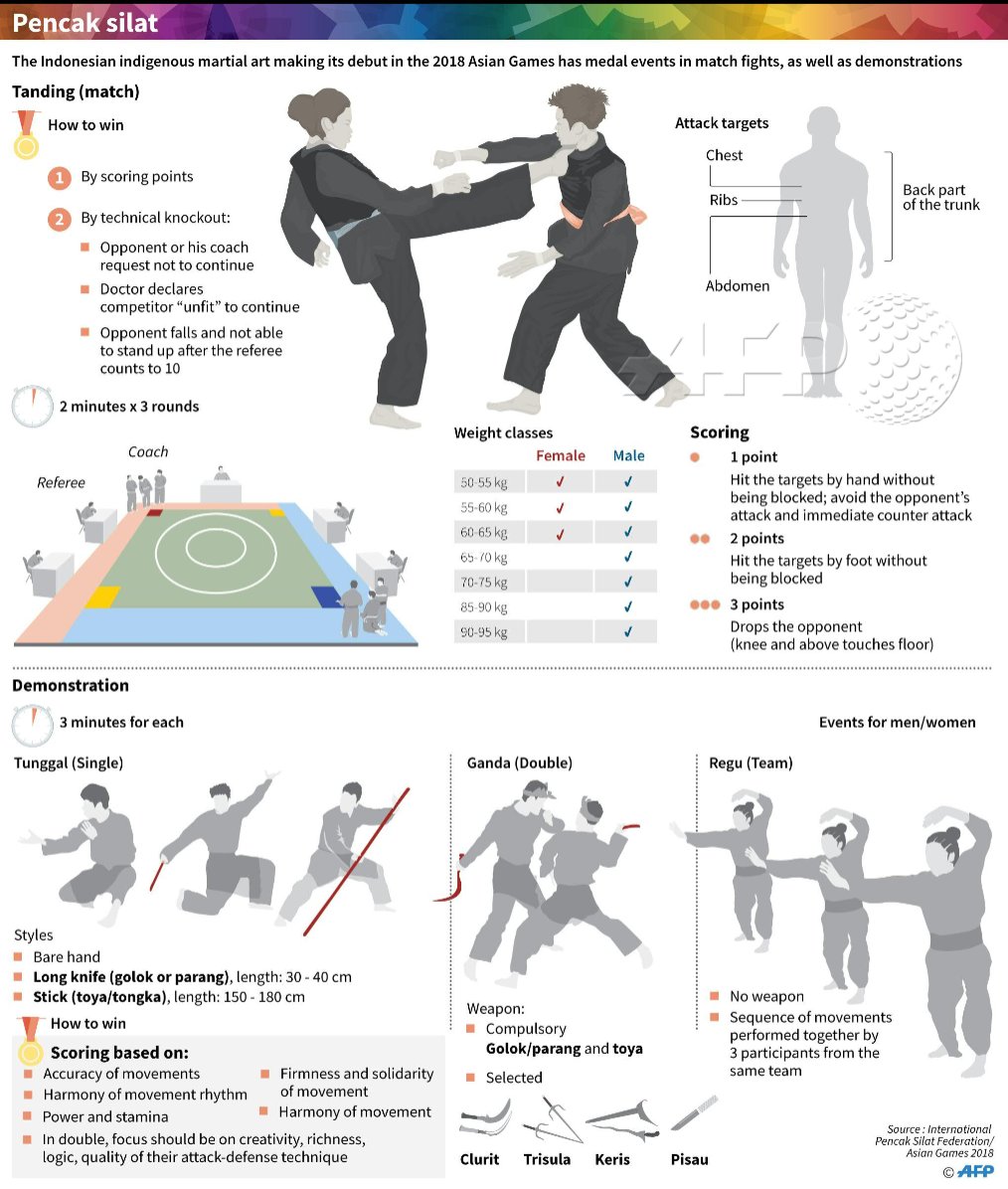Striking The Excellent Equilibrium In Between Speed And Precision In Fighting Styles Guideline
Striking The Excellent Equilibrium In Between Speed And Precision In Fighting Styles Guideline
Blog Article
Authored By-Elgaard Coates
Envision you're standing at the edge of a tightrope, all set to take your first step. As you collect your focus, you realize that this delicate balancing act is not so different from the globe of martial arts.
In martial arts training, finding the ideal equilibrium of rate and precision is important for success. But exactly how do you strike that best stability? It's a question that has actually interested specialists for centuries, and in this conversation, we will check out the importance of speed and accuracy, reveal training methods to attain equilibrium, and tackle the common challenges that develop along the way.
Prepare to uncover the tricks that will elevate your fighting styles trip to new elevations.
The Significance of Rate and Accuracy
When it pertains to martial arts training, speed and accuracy are important elements that can make all the distinction in your performance. Accomplishing the best balance between rate and accuracy is important for effective fighting styles strategies.
Speed permits you to respond rapidly to your opponent's motions, offering you an advantage in fight. It allows you to implement strikes and obstructs promptly, catching your challenger unsuspecting.
On the other hand, accuracy ensures that your strategies land properly and with maximum impact. It permits you to hit the target with accuracy, enhancing the efficiency of your strikes.
Training Approaches for Achieving Equilibrium
To create the right equilibrium in between speed and accuracy in your fighting styles training, it's important to execute efficient strategies that optimize your performance.
One training approach is to concentrate on certain methods and drills that target both speed and accuracy. By exercising high-speed motions with precision and control, you can enhance your total efficiency.
An additional approach is to incorporate interval training, rotating between high-intensity bursts of rate and durations of remainder or slower activities. This assists develop endurance and agility while also enabling you to adjust your precision.
Additionally, practicing mindfulness and mental visualization can enhance your equilibrium by educating your mind to focus on both rate and precision all at once.
Common Obstacles and Exactly How to Get over Them
One common challenge in fighting styles training is preserving an equilibrium in between speed and accuracy, however it can be conquered with regular method and emphasis. Below are a few suggestions to assist you conquer this obstacle:
- Concentrate on appropriate method: Take the time to learn and grasp the right kind and technique for each and every relocation. This will certainly help you develop precision and precision in your strikes and activities.
- Slowly raise rate: Begin by practicing slowly and slowly raise your speed as you come to be extra comfortable with the strategy. Suggested Web page will aid you maintain control and precision while carrying out steps at a much faster pace.
- Technique timing and reaction drills: Incorporate drills that concentrate on timing and responding to your opponent's motions. This will certainly improve your capacity to strike with speed and accuracy in an actual fight scenario.
Final thought
As you conclude your martial arts training, you have actually discovered the delicate equilibrium of rate and accuracy. By concentrating on both facets, you have actually acquired the ability to implement remarkable methods with lightning-fast speed.
https://martialartslessonsforkids89988.blog2freedom.com/33850596/why-self-defense-courses-are-essential-for-university-student 's no coincidence that your devotion and willpower have led you to this level of mastery. Welcome mouse click the next document , and continue to fine-tune your skills, knowing that rate and precision are the secret to becoming a phenomenal martial musician.
